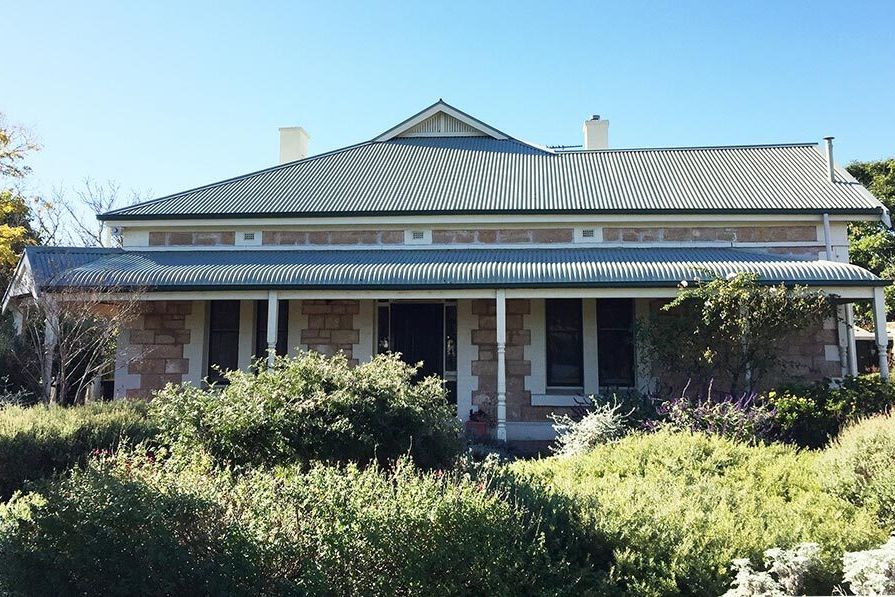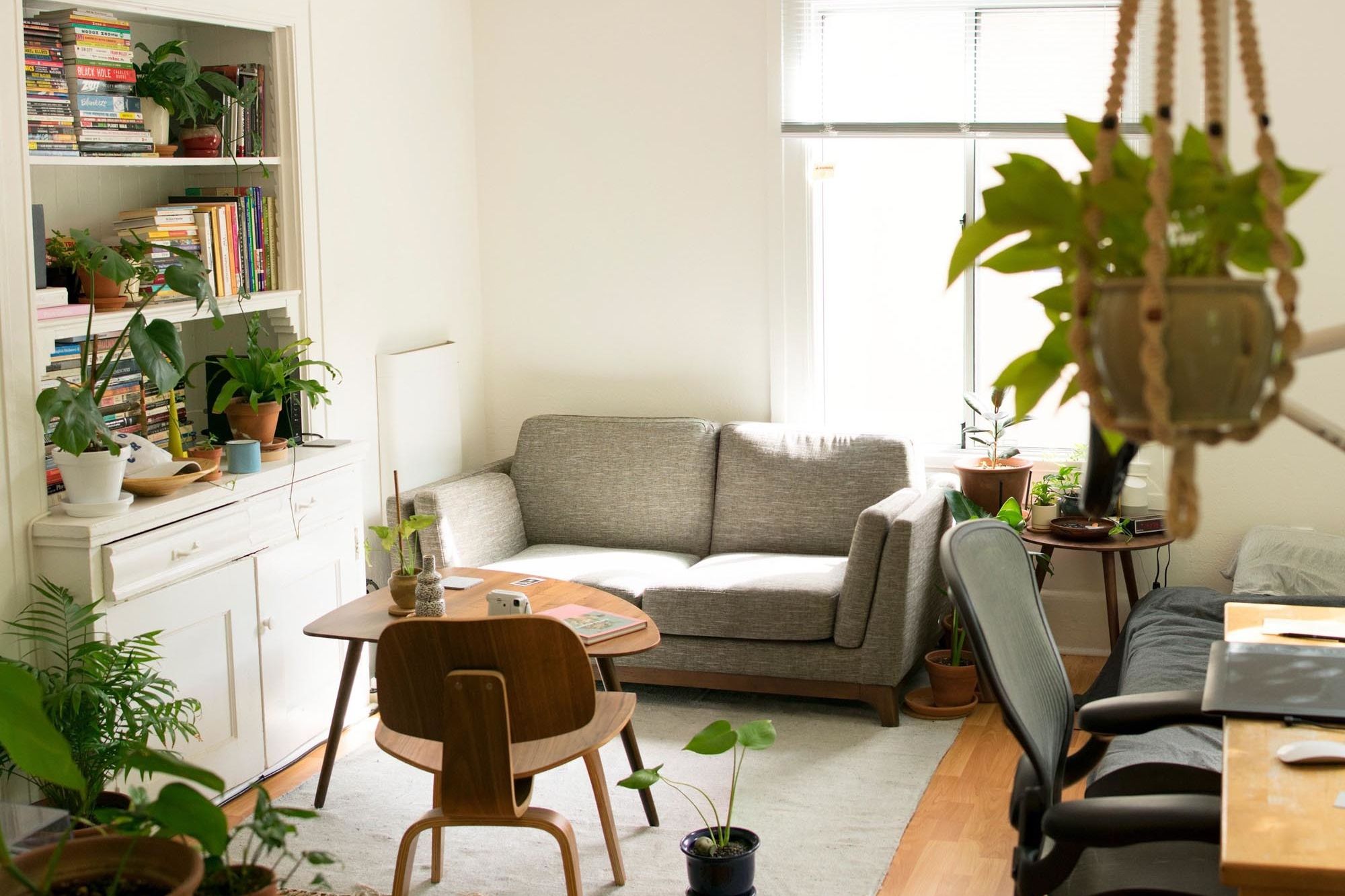Frequently asked questions
What type of home loan is best for a first home buyer?
If you’re buying your first home, you’ve probably been saving for a while to get your deposit together.
Depending on how successful you’ve been, you’ll have saved either 20% or at the very least 10%, which will determine the type of home loan you’ll be able to get.
If you’ve only managed to save 10% of the property’s value, you’ll be required to take out Lenders Mortgage Insurance (LMI). This can be quite expensive, so it’s best to try and save a 20% deposit if you can.
The type of loan you then opt for will depend on your circumstances, but most first home buyers go for a principal and interest loan, where you pay off the loan amount with interest.
Many also choose a variable interest rate loan, as this usually comes with features that can help you to pay the loan off quicker.
Some people do opt for a fixed rate loan and the advantage of this is you always know how much your repayments will be, allowing you to stay on top of your budget, particularly if it is tight.
Whichever type of loan you opt for as a first home buyer, consider having the lowest interest rate you can get, the shortest loan term you can afford, minimum fees and only those features you’re likely to use such as a redraw facility and offset account. You should also get professional financial advice to better understand your options.
How much can I borrow?
Every lender has their own formula for calculating your borrowing power, and generally there are six main factors:
- Credit rating – a sound credit rating is one of the first things lenders look at, as it is based on your borrowing and repayment history.
- Deposit - the larger your deposit, the more you can borrow and the less interest you’ll have to pay on your loan.
- Income – this is not just how much your household brings in, but how much is left for home loan repayments after the bills and day-to-day expenses are paid.
- Level of debt – how much you owe on other loans, and your credit card limits also influence your available income.
- Savings history – A savings history of at least 3 months demonstrates to a lender that you’ll be able to manage your repayments.
- Home loan term – a lender will look more favourably at a longer loan term, however this means you pay more interest over the life of the loan.
- Property value - a lender may conduct a valuation of your chosen property to determine the amount they're prepared to lend you.
You can get an estimate of your borrowing power with Tiimely Home by using our borrowing calculator.
Can I use the equity in my current home as a deposit?
Yes, equity is a powerful tool that can help you to build a profitable investment property portfolio.
The equity in your home can be used as an investment property deposit and if you have enough equity built up, you can borrow 80% of the property’s value without having to use your own cash.
How equity is calculated
Your accessible equity is the difference between your home’s current value and how much you owe on your home loan.
If you’ve lived in your home for five years or more, you’ve probably accumulated quite a bit of accessible equity.
But lenders will only lend up to 80% of your home’s current value minus your current mortgage. This is known as your useable equity, which is quite a bit less than your accessible equity.
It can still however, be a significant amount for an investment property deposit or any other use you may have such as renovating, investing in shares or managed funds or improving your lifestyle with a holiday or a new car.
Buying an investment property
All investments carry some level of risk, so it’s important to get professional financial advice to fully understand your options.
What is equity?
Equity is the difference between the market value of your home and the amount you still owe on your home loan.
Equity is also a powerful tool that can help you to build a profitable investment property portfolio or you can borrow against it to do renovations or for any other purpose.
Refinancing
This involves replacing your existing home loan with a new one, ideally with better terms and conditions and a lower interest rate. Because it’s just one loan, it can be easier to manage than an equity loan.
Equity loan
An equity loan is a separate loan you take out in addition to your home loan. It’s often a line of credit which gives you approval to borrow up to a certain amount. You can then choose how much of this you borrow, and you only pay interest on what you use.
Can I get a First Home Owner Grant from the government?
The First Home Owner Grant is a national first home buyer scheme designed to help Australians with buying their first property. Each state and territory have their own criteria to be eligible, but in general to be eligible you’ll need to be over the age of 18, a permanent resident or Australian citizen, and you can’t have previously owned a residential property anywhere in Australia.
See below for eligibility criteria for your state or territory:
- Victoria – a $10,000 grant for buying or building a new home valued up to $750,000. You can find more information specific to the Victorian FHOG here.
- NSW – a $10,000 grant available for new properties valued up to $600,000 or $750,000 when building a home. You can find more information specific to the New South Wales FHOG here.
- Queensland – a $15,000 grant to buy or build a new home valued up to $750,000. You can find more information specific to the Queensland FHOG here.
- WA – a $10,000 grant for buying or building a new home valued up to $750,000 (south of the 26th parallel) or $1 million (north of the 26th parallel). You can find more information specific to the Western Australian FHOG here.
- SA – a $15,000 grant for buying or building a new home valued up to $650,000 (where the contract was entered into on or after 15 June 2023) or $575,000 (where the contract was entered into on or before 14 June 2023). You can find more information specific to the South Australian FHOG here.
- ACT - a $7,000 grant. For 2023-24, the maximum concession amount is $34,504. You can find more information specific to the Australian Capital Territory FHOG here.
- Tasmania – up to $30,000 grant for buying or building a new home. You can find more information specific to the Tasmanian FHOG here.
- NT - a $10,000 grant for buying or building a new home of any value. You can find more information specific to the Northern Territory FHOG here.
How much deposit do I need for a home loan?
The simple answer is as much as you can possibly save. The larger the deposit you have, the smaller the loan you’ll need which will make the approval process easier and enable you to negotiate a better interest rate and loan terms.
Generally, the minimum home loan deposit required is 10%, but you should try and save at least 20% if you can, because if you borrow more than 80% of a property’s value, your lender may require you to take out Lenders’ Mortgage Insurance.
It’s also worth checking if you’re eligible for any grants or government schemes (such as the First Home Owner Grant), as they can help to boost your deposit amount.
Will making extra loan repayments help pay off the loan earlier?
Can you borrow more money with a bigger deposit?
In short, no. However, your maximum purchase price may increase if you have a higher deposit.
When assessing your borrowing power, we look at your ability to comfortably meet repayment requirements. Your income, expenses, other financial commitments and also your living situation (e.g. de facto, single, dependents), all impact on how much you can borrow.
Using our borrowing calculatorwill give you an idea of what your borrowing power.
Learn more about what goes into calculating your borrowing power.
How much deposit do I need for my first home?
With a Tiimely Own home loan you can get a first home owner loan with a minimum 10% deposit. If you have less than a 20% deposit you’ll need to pay Lenders’ Mortgage Insurance (LMI). LMI protects the lender in case you can’t make your repayments, the cost can be added to your total loan amount (but keep in mind this means you’ll have less to spend on your home). You’ll also need additional funds to cover any government and third-party fees.
What does LVR mean?
LVR stands for ‘loan to value ratio’, and it’s a comparison between how much you’re borrowing and how much the property you’re purchasing is worth. Lenders use it to determine risk when assessing loan applications.
How is it calculated?
LVR is calculated by dividing the loan amount, by the purchase price or valuation of the property, and multiplying it by 100.
For example, a $240,000 loan to buy a property valued at $300,000 would have an 80% LVR (240,000 divided by 300,000 multiplied by 100).
LVR is important to lenders because the lower the LVR is, the lower the risk.
When does it apply?
It’s used to calculate risk associated with different types of home loans including:
- Standard home loan – LVR is calculated by subtracting your deposit from the purchase price and dividing the remainder by the property value.
- Refinancing – the lender uses their own valuation of the property to calculate LVR as the property price you originally paid may no longer be relevant.
- Off-the-plan – As the value may change by the time it’s built, the lender uses either the purchase price or valuation to calculate LVR, whichever is lower.
- Favourable purchase (between family members) – In these cases, the lender also uses the lower value of either the purchase price or valuation to calculate LVR.
For units or apartments that are considered high density, LMI may apply if the LVR is more than 70%.
If you still have any questions or need a little more information, you can contact us at Tiimely Home to assess your individual needs.
Can fixed rates fix your budget?
Budgeting can be tough. If you have a tight budget and you’d prefer the security of knowing exactly how much your repayments will be every month, then a fixed rate home loan locked in for a set period (usually 1-5 years) may suit you better.
Note: Having a fixed rate home loan also means you’ll have to pay the same interest rate, even if market interest rates drop.
Fixed rate home loans also usually come with less features than variable rate loans, such as no offset or not being able to pay your loan off early.
Unlike most lenders, our Tiimely Own fixed rate home loans come with an offset account as standard. This lets you use your savings to lower the amount of interest you pay and reduce the overall cost of the loan.
A budget calculator can help you to understand how much you are spending and where you are spending it and ASIC’s MoneySmart online planner can help you get started.









